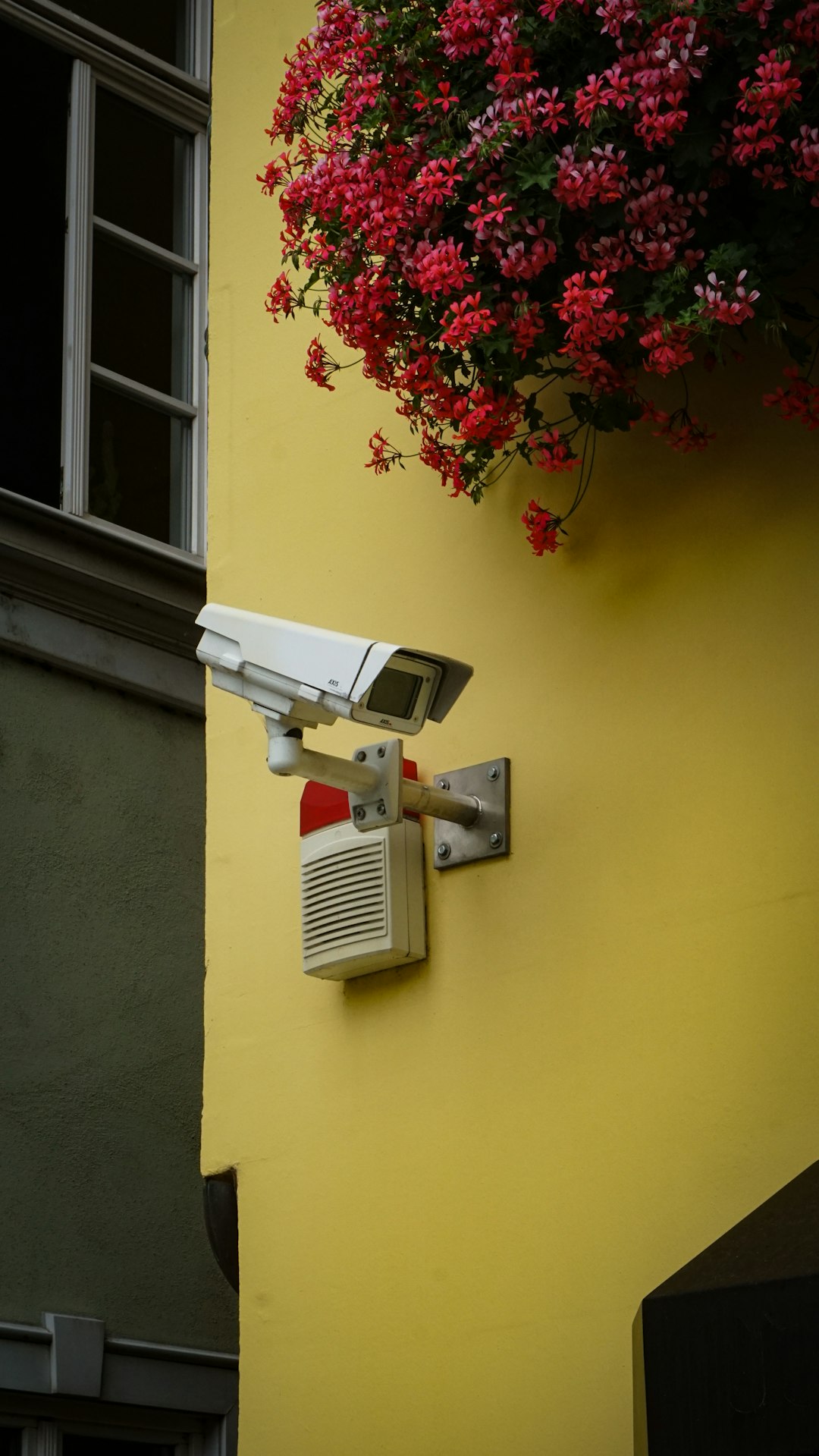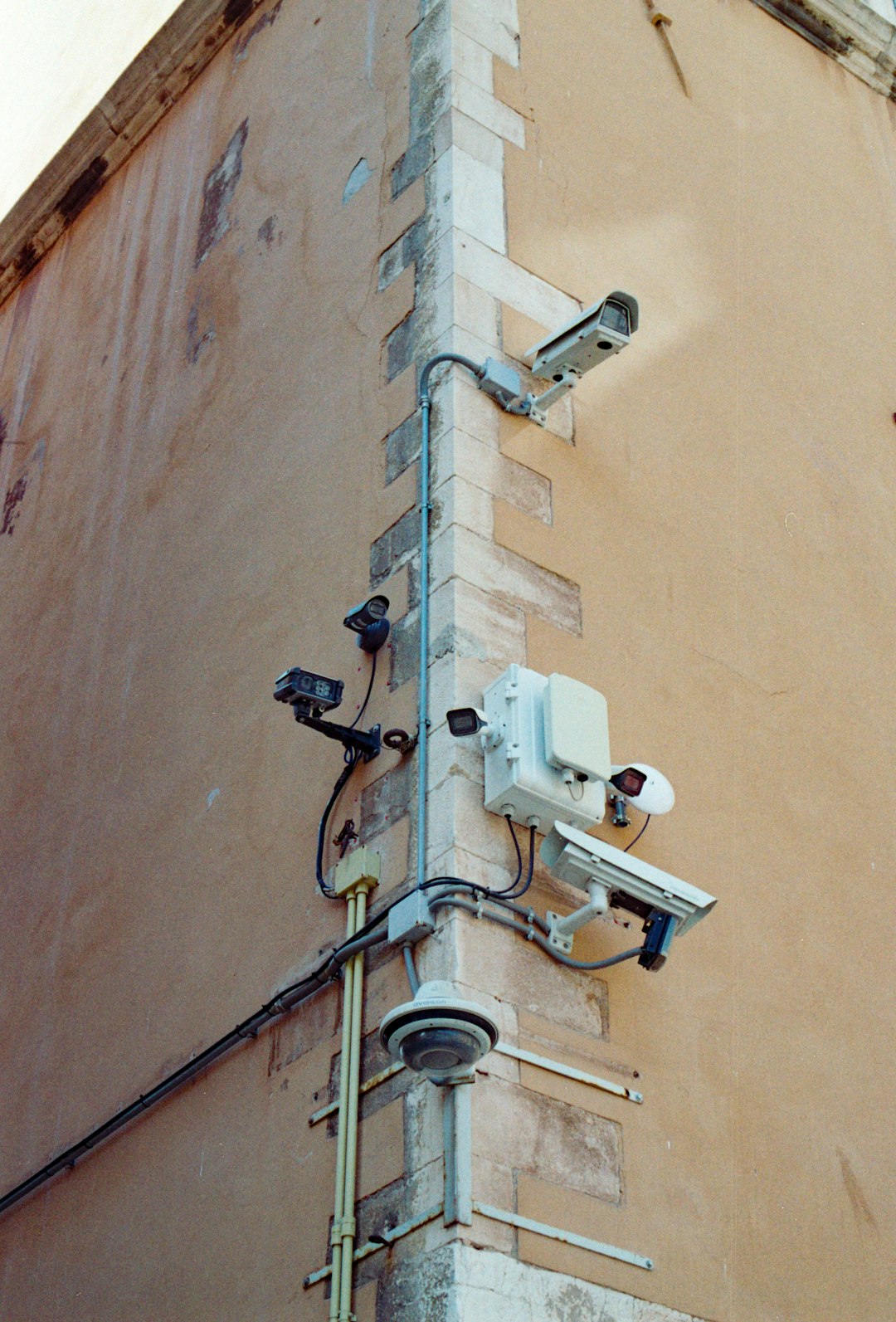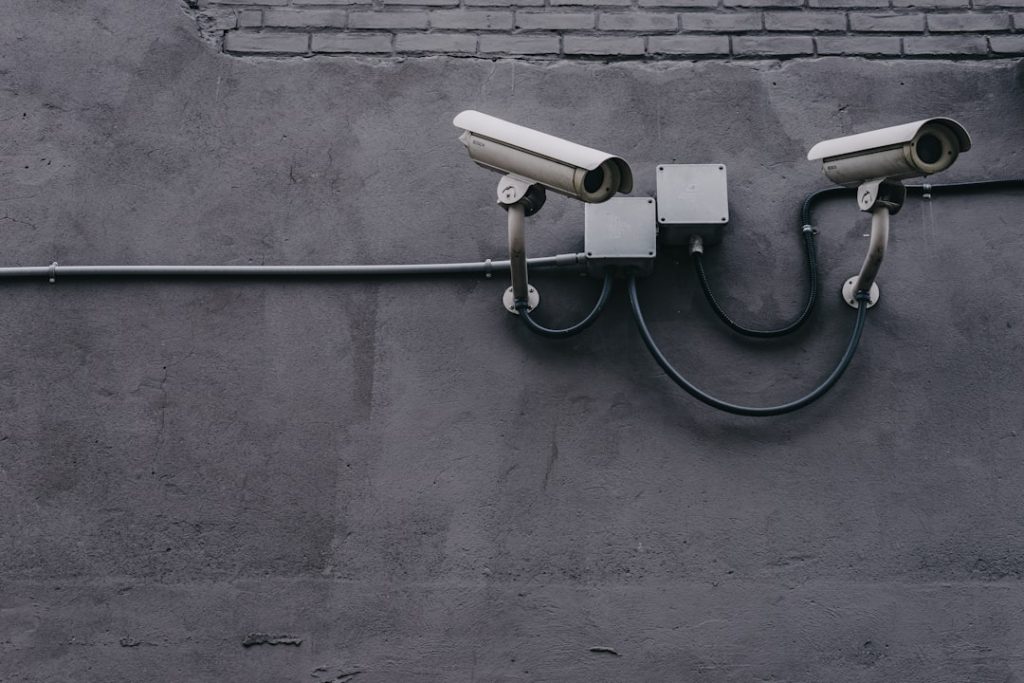In an increasingly connected world, it’s easy to assume every device must plug into the internet. However, when it comes to security cameras, there are powerful and reliable alternatives that don’t require an internet connection. Whether you’re in a remote area, concerned about cybersecurity, or simply want a more private security setup, offline surveillance systems can be the perfect solution. This article explores how SD card-based cameras and Network Video Recorder (NVR) systems function without web connectivity, and how you can retrieve and manage stored footage effectively.
Why Go Offline? The Case for Non-Internet Cameras
Security is often synonymous with being online because of real-time alerts and remote access. Still, there are compelling reasons to choose security cameras that don’t require the internet:
- Cybersecurity: Offline systems are isolated from external networks, making them difficult targets for hackers.
- Stability: No risk of downtime due to internet issues or Wi-Fi disruptions.
- Simplicity: Easy installation and setup, especially useful in temporary or mobile locations.
- Privacy: Local storage means recordings are not stored on the cloud, where access and control might be less secure.
For many residential and even commercial properties, these benefits can outweigh the convenience of cloud-based systems.
Types of Non-Internet Security Camera Setups
Two of the most common ways to implement a non-internet-based security system are:
- SD Card Cameras
- NVR Surveillance Systems
Each method has its own unique benefits and use cases. Let’s explore how they work, the components involved, and how they store and retrieve video footage.
SD Card-Based Cameras
Security cameras with built-in SD card slots are among the simplest and most cost-effective solutions. They operate independently, storing video directly onto the memory card without needing any network connection.
How They Work:
- The camera continuously records to the inserted microSD card.
- Once the card reaches capacity, it typically overwrites the oldest footage (also known as loop recording).
- Footage can be accessed by removing the SD card and inserting it into a computer or compatible viewer.
These cameras are ideal for small-scale setups like monitoring a front door, garage, or small office. However, because storage is limited, it’s essential to choose an SD card with ample capacity and ensure periodic review or backups of critical footage.

NVR (Network Video Recorder) Systems
If you’re looking for a more advanced, multi-camera solution that doesn’t require internet connectivity, NVR systems offer an excellent alternative. Unlike SD-based systems, NVRs connect to IP cameras over a local network—no internet needed—via Ethernet or Wi-Fi within the premises.
Core Components:
- IP Cameras: Typically powered through an Ethernet cable (PoE) or separately via power adapters.
- NVR Unit: Stores video footage from multiple cameras on a high-capacity hard drive.
- Display Monitor: For live viewing and playback.
NVRs offer considerably more storage space and allow for better management of multiple camera feeds. They are particularly well-suited to businesses, farms, and large homes with extensive security needs.
Since NVRs don’t require constant internet access, you can operate them within a closed network. This method ensures maximum uptime and security, completely shielded from external cyber threats.
Retrieving Footage Without Internet
One common concern with offline systems is how to access or review footage. Thankfully, both SD card and NVR systems offer straightforward retrieval options without needing an internet connection.
Methods for Retrieving Video:
For SD Card Cameras:
- Remove the SD card from the camera and insert it into a computer or card reader.
- Use any video player like VLC media player to play the saved video files, usually in MP4, AVI, or proprietary formats.
- Some cameras segment videos in hourly or motion-triggered clips for easier navigation.
For NVR Systems:
- Connect a monitor and mouse directly to the NVR unit.
- Use the built-in interface to navigate dates and times for playback.
- Export desired footage to a USB drive for external viewing or archiving.
Since the systems are local, you can search through footage rapidly without bandwidth limitations. Some NVR units also offer rudimentary mobile apps that can connect locally via Wi-Fi, offering quasi-remote access without needing the web.

Storage Capacity and Footage Management
How much footage you can store, and for how long, will vary based on storage medium, camera resolution, frame rate, and whether recording is continuous or motion-based.
SD Card Storage:
- 16GB to 256GB is common, with retention from 24 hours up to a few days, depending on video quality.
- Best suited for locations where thorough daily or weekly review is possible.
NVR Hard Drive Storage:
- 1TB to 8TB or more, with storage retention from days to several weeks on multiple cameras.
- Supports advanced features like motion detection tagging, triggered clips, and event logs.
Coupled with intelligent recording features such as motion-activated saving or scheduled monitoring, these storage options can be optimized to capture what really matters without wasting space.
Advantages and Limitations
While offline security cameras provide strong privacy and robustness, they aren’t without trade-offs. Here’s a quick look at what you’ll gain—and what you might miss.
Advantages:
- No dependence on Wi-Fi or internet.
- Higher resistance to hacking and malware.
- Consistent local performance regardless of external network issues.
Limitations:
- No real-time remote viewing or alerts unless connected to a local Wi-Fi access point.
- Manual footage retrieval can be less convenient than cloud access.
- Requires physical presence for monitoring and data retrieval.

Ideal Use Cases
Security cameras that function without the internet are not only for tech-savvy homeowners hoping to stay off the digital grid. They are also valuable in the following situations:
- Remote cabins or vacation homes: Where there’s no Wi-Fi or cellular signal.
- Warehouses and construction sites: Temporary or mobile environments benefit from quick setups without internet dependence.
- Agricultural properties: Farms often have vast areas without coverage, making local-only systems ideal.
- Sensitive institutions: Locations demanding high data privacy, such as legal offices or labs.
Final Thoughts
Security isn’t always about being connected. With SD card cameras and NVR solutions that operate independently of the internet, it’s easier than ever to maintain a resilient and private surveillance system. Whether you’re off-grid or just off-the-cloud, offline cameras give you control, reliability, and peace of mind—all without a single megabyte of data traffic.
Embracing non-internet security systems isn’t a step back; it might just be the smartest leap forward.


